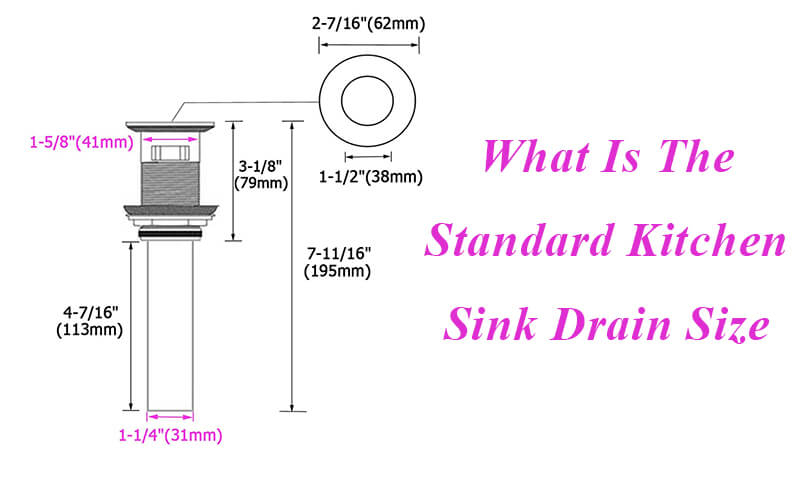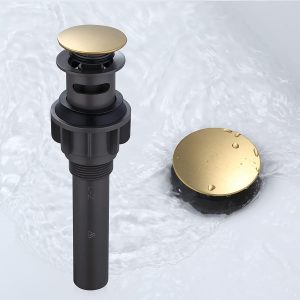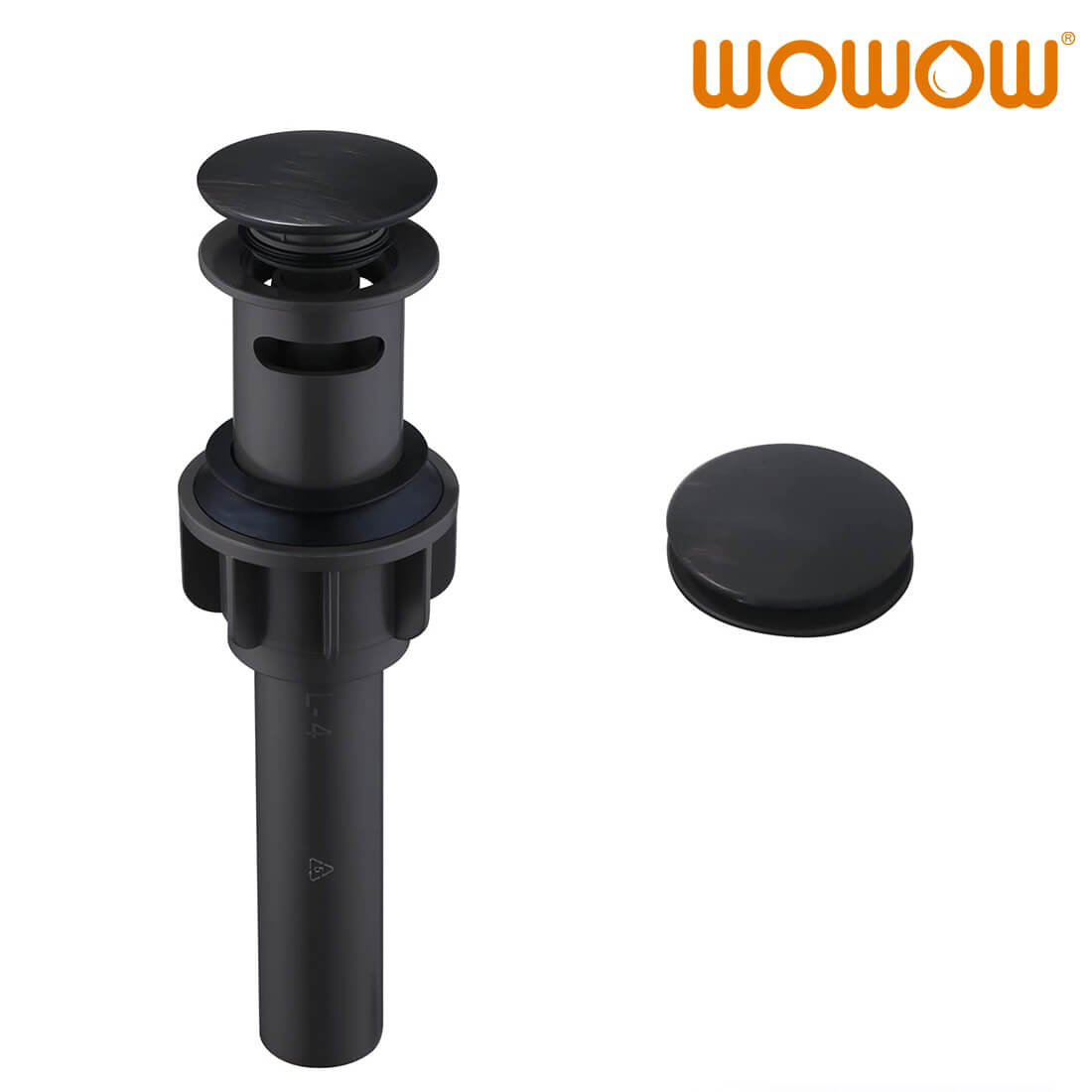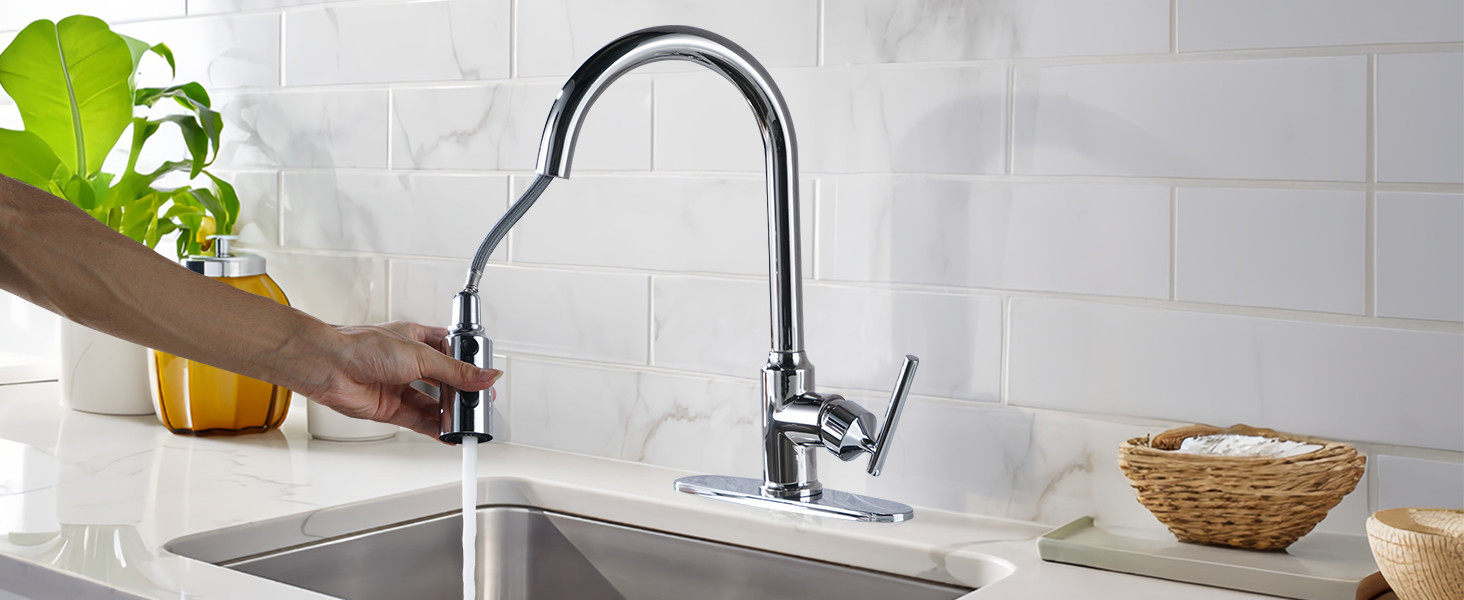
The kitchen sink is a fundamental element of any kitchen, serving as a hub for cooking, cleaning, and food preparation. While we often focus on the aesthetics and functionality of the sink itself, the drain size is an equally crucial aspect that deserves attention. The standard kitchen sink drain size plays a significant role in ensuring efficient drainage and preventing clogs, making it an essential consideration for homeowners and designers alike.
Understanding Drain Size Basics
Before delving into the specifics of standard kitchen sink drain sizes, it’s essential to understand some basic concepts about plumbing and drainage systems. The drain size refers to the diameter of the pipe that carries wastewater away from the sink and into the plumbing system. In kitchens, these drains are typically found at the center or rear of the sink bowl, leading to a P-trap and then connecting to the main drain pipe.
Most kitchen sinks have a single drain, but some larger models or double-bowl sinks may have two separate drains, each with its own P-trap and connecting pipe. The standard kitchen sink drain size is typically measured in inches and can vary, but the most common sizes for residential kitchen sinks are 1.5 inches and 2 inches in diameter.
Why Drain Size Matters

The size of the kitchen sink drain is crucial for several reasons:
- Efficient Drainage: A larger drain allows for faster and more efficient drainage of water, which is essential when dealing with a high volume of water from washing dishes, pots, and pans.
- Clog Prevention: A properly sized drain is less likely to become clogged with food particles, grease, and debris. Larger drains can accommodate these materials without causing blockages.
- Maintenance: A correctly sized drain is easier to maintain and clean. It reduces the frequency of clogs, making kitchen chores more manageable.
- Compatibility: The drain size must be compatible with the plumbing system in your home. Choosing the right size ensures a smooth connection to the existing pipes and prevents leaks.
Standard Kitchen Sink Drain Sizes
As mentioned earlier, the most common standard kitchen sink drain sizes for residential use are 1.5 inches and 2 inches in diameter. However, the choice between these two sizes depends on several factors, including the sink’s design, the plumbing code in your area, and personal preference. Here’s a closer look at both sizes:
- 1.5-Inch Drain:
- This smaller drain size is typically used for bar sinks, prep sinks, and smaller kitchen sinks.
- While it is less common for standard kitchen sinks, it can be suitable for single-bowl sinks in compact kitchens or in cases where space is limited.
- It is essential to note that 1.5-inch drains may be more prone to clogging when used in a primary kitchen sink due to their smaller diameter.
- 2-Inch Drain:
- The 2-inch drain is the most common and recommended size for standard kitchen sinks.
- It provides efficient drainage and can handle a higher volume of water and debris without clogging.
- It is a safer choice for double-bowl sinks or larger kitchen sinks where a substantial amount of water and food waste may need to be drained simultaneously.
Choosing the Right Size

When it comes to selecting the drain size for your kitchen sink, there are a few considerations to keep in mind:
- Sink Size: The size and style of your sink play a significant role in determining the appropriate drain size. Larger sinks, double-bowl sinks, and those with unique designs may require a 2-inch drain for optimal performance.
- Local Building Codes: It’s essential to check with your local building codes and regulations. Some areas may have specific requirements for kitchen sink drain sizes that you must adhere to during installation or remodeling.
- Plumbing System Compatibility: Ensure that the chosen drain size is compatible with your existing plumbing system. It should connect seamlessly to your P-trap and main drain pipe without the need for extensive modifications.
- Personal Preference: While functionality and code compliance are crucial, personal preference also matters. Some homeowners may prefer a 2-inch drain for peace of mind, even if a 1.5-inch drain is technically suitable for their sink.
Conclusion
In conclusion, the standard kitchen sink drain size is a critical element in maintaining an efficient and clog-free kitchen plumbing system. While 1.5-inch drains may be suitable for smaller sinks, the 2-inch drain is the most common and recommended size for standard kitchen sinks. When choosing the right drain size, consider the size of your sink, local building codes, plumbing compatibility, and your personal preferences to ensure optimal performance and functionality in your kitchen. Proper installation and maintenance of the drain will help keep your kitchen sink running smoothly for years to come.
 WOWOW Faucets
WOWOW Faucets





您好!Please sign in